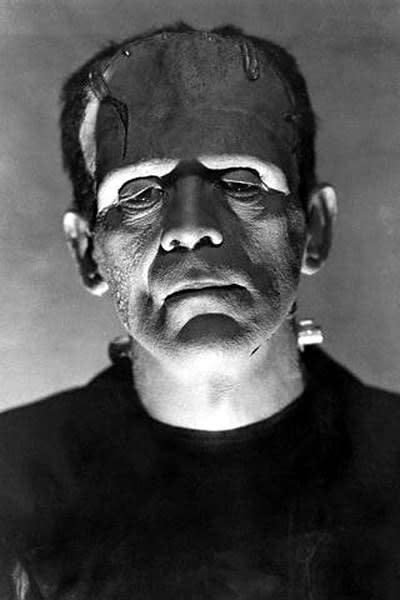 Science and Weather
Science and WeatherItalian neuroscientist claims human head transplants will soon be possible

The idea of transplanting the human head has (so far) been left in the (fictitious) realm of the rich and crazy — see the incredibly strange 1971 horror movie The Incredible 2-Headed Transplant or its apparent 'followup' the year after The Thing with Two Heads or The Simpsons: Treehouse of Horror II in 1991 — but now an Italian neuroscientist believes that it may actually be possible.
There have been stories over the years of scientists transplanting the heads of dogs and monkeys — btw, that's between two dogs (by Vladimir Demikhov in the 1950s) and between two monkeys (by R.J. White in the 1970s), not between a dog and a monkey — with a fair amount of hype, but apparently, according to Steven Novella, from his Neurologica Blog, those weren't true transplants. For it to be a true transplant, the head has to be able to control its new body, and in those cases, it was simply that the body supplied blood to the head. In order to have control over the new body, there has to be a successful connection of the spinal cord. Without that, it's no dice.
[ Related: Russian entrepreneur wants to give us robot bodies by 2035 ]
Now, in the fictitious examples I mentioned above, Manuel Cass (the 'maniacal killer' from The Incredible 2-Headed Transplant) was an actual transplant, as he had some control over the body, but for Dr. Maxwell Kirshner in The Thing with Two Heads and Mr. Burns in Treehouse of Horror II, they were just grafted on.
However, although I've been using examples from horror movies and cartoons, there actually is some real promise for this idea, apparently.
Just last week, researchers in the United States reported that they came up with a new method of promoting nerve regeneration, and this allowed a rat that was paralyzed due to spinal cord injury to regain control over its bladder.
Now, according to Dr. Sergio Canavero, a neuroscientist with the University of Turin, it will soon be possible to go further than that, and he outlines the idea in the HEAVEN (HEad Anastomosis VENture) Project. Connecting the bloodstreams of the head and body have already been done — see the links to Demikhov's and White's works above — and Canavero says that if the heads are severed from the bodies with an ultra-sharp blade, so that it is the cleanest cut possible, the spinal cords of the recipient head and donor body could be connected using a plastic polymer, like polyethylene glycol (PEG). These polymers would join the two spinal cords together like glue, but they would still allow chemical signals to pass back and forth between the two sides, which would allow connections to be made between the two spinal cords.
Canavero isn't saying we're ready to go today, or even tomorrow, but he is saying that we're getting closer and that it's definitely worth looking into.
There are some ethical considerations to go over, of course, and he makes a glancing blow at them in his paper, specifically bringing up an Indian fable adapted by German writer Thomas Mann into the story The Transposed Heads, which deals with two men who's heads are severed and then magically reattached to each others' bodies, and the resulting conundrum for the woman who was married to one, but in love with both of them. These kinds of concerns come up with any kind of surgical transplants, though.
Also, qualifying for the surgery would need some fairly extreme conditions.
"Several conditions would qualify for HEAVEN surgery," Canavero wrote. "I believe that the first patient should be someone, probably young, suffering from a condition leaving the brain and mind intact while devastating the body, for instance, but by no means exclusively, progressive muscular dystrophies or even several genetic and metabolic disorders of youth. These are a source of huge suffering, with no cure at hand."
[ More Geekquinox: Russian rocket launch ends in fiery explosion ]
It's clear that this will be a contentious topic — both about whether it actually can be done and about whether it really should be done — and for me, the idea of transplanting my brain into a robot body is a bit more attractive, but given the choices we have right now, is it better to push this kind of research aside, or to really look into getting every chance we can to help people suffering from these injuries and illnesses? As Canavero says in his conclusion: "it is equally clear that horrible conditions without a hint of hope of improvement cannot be relegated to the dark corner of medicine."
Granted, Novella makes a good point on his blog, that if we get to the point where we can actually get two spinal cords to join up like in HEAVEN, it would probably be easier to just repair the spinal cord, rather than do a full head transplant. However, at the same time, if it's not just a spinal cord injury, this might end up being a real alternative.
Geek out with the latest in science and weather.
Follow @ygeekquinox on Twitter!


